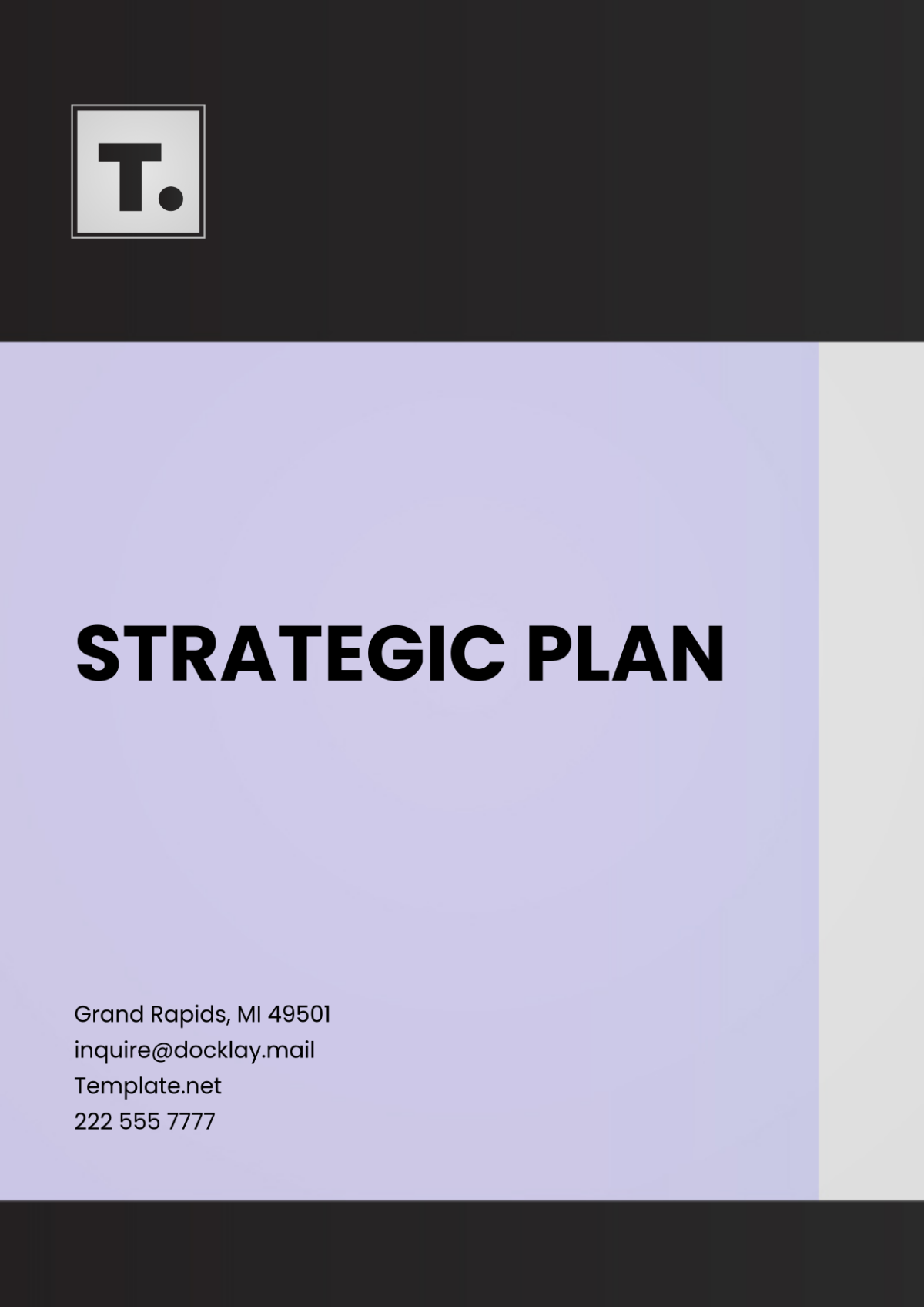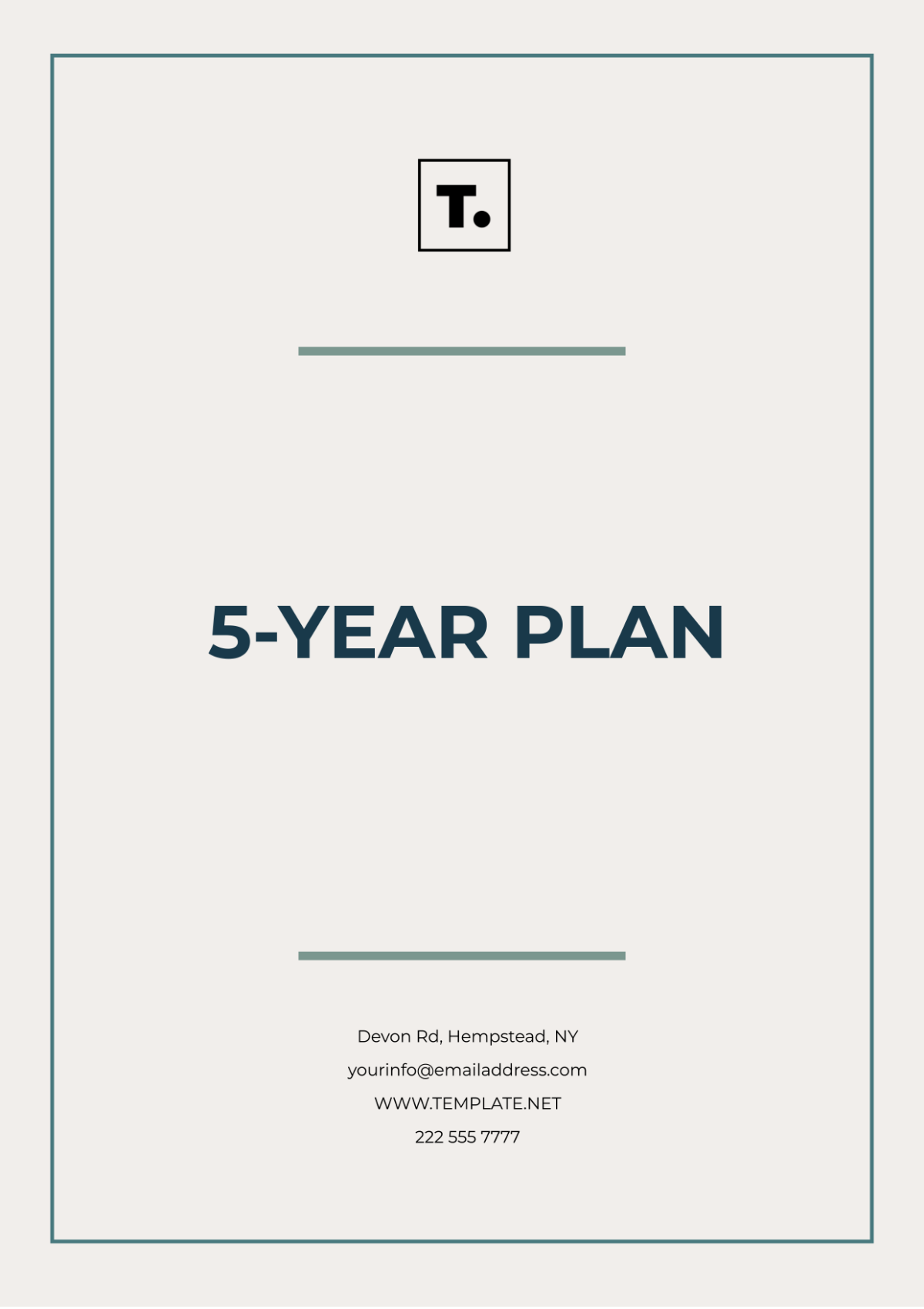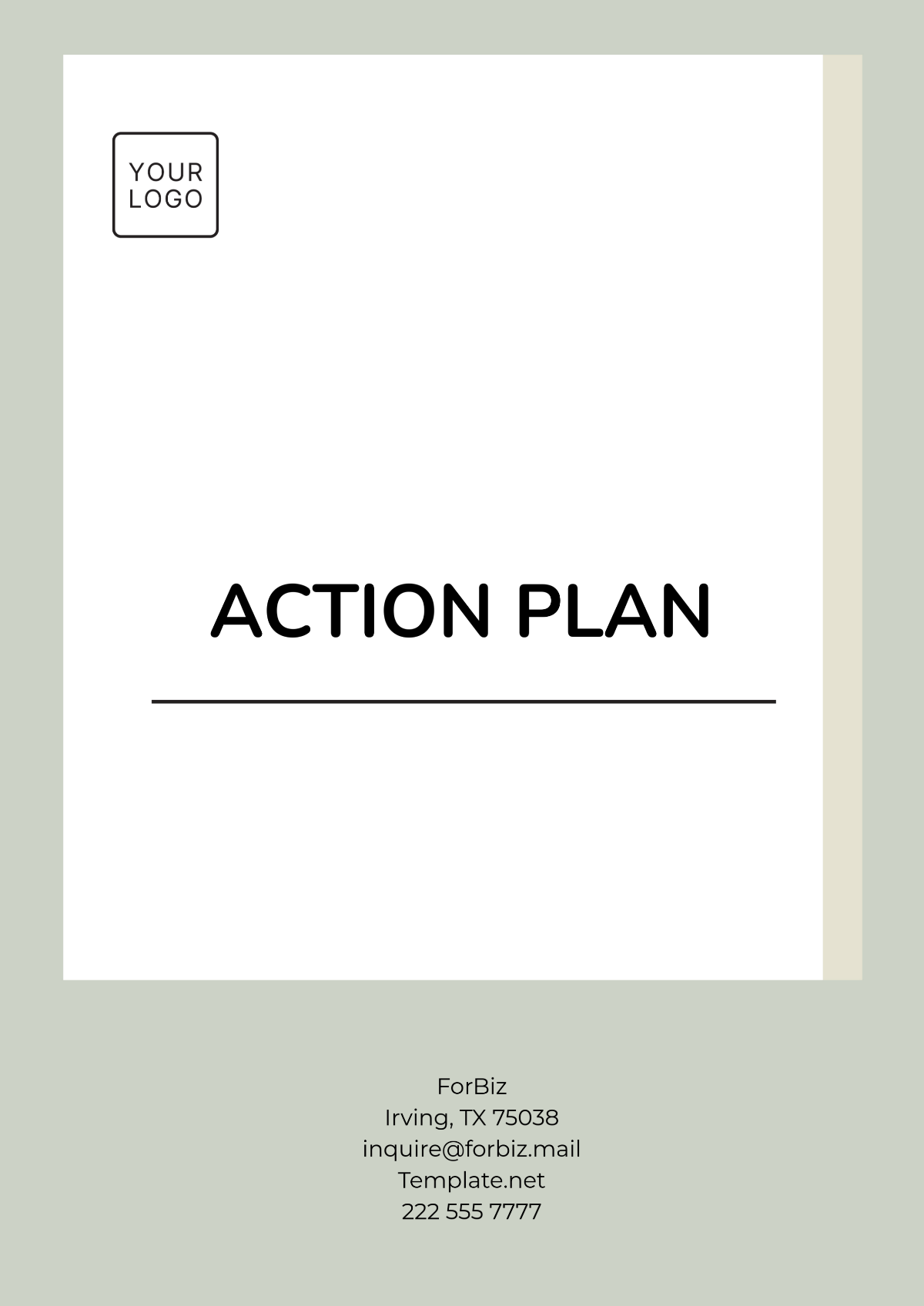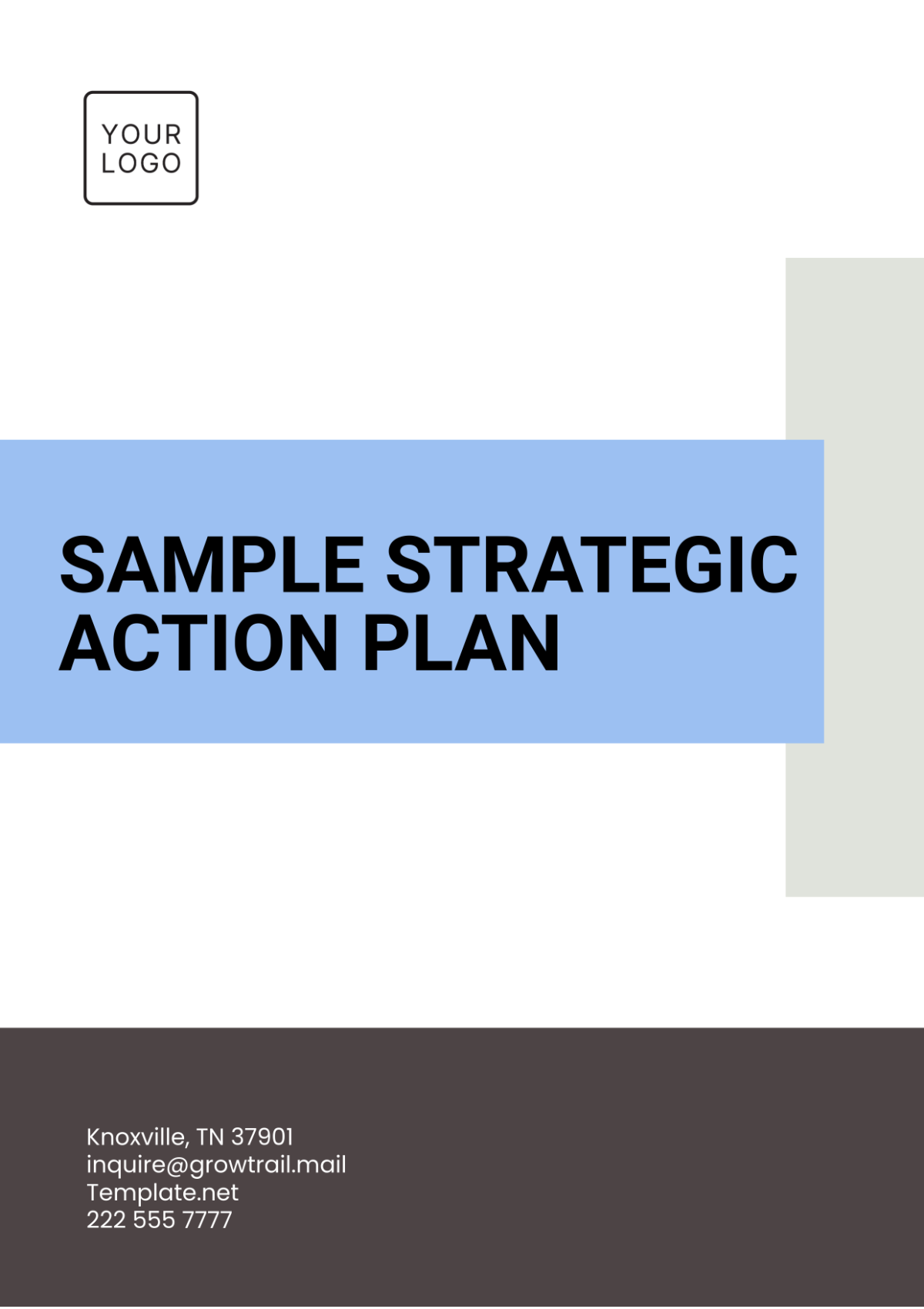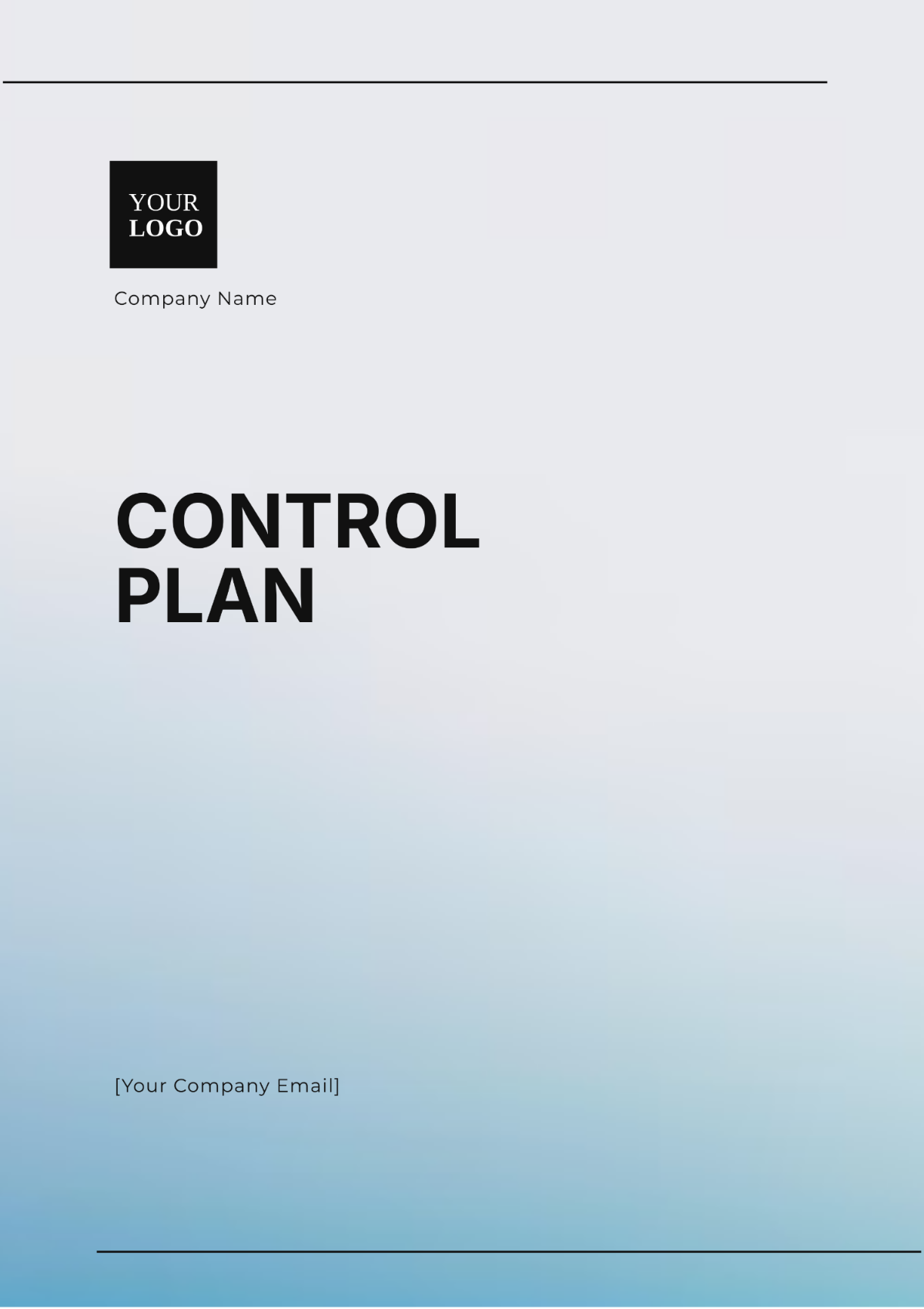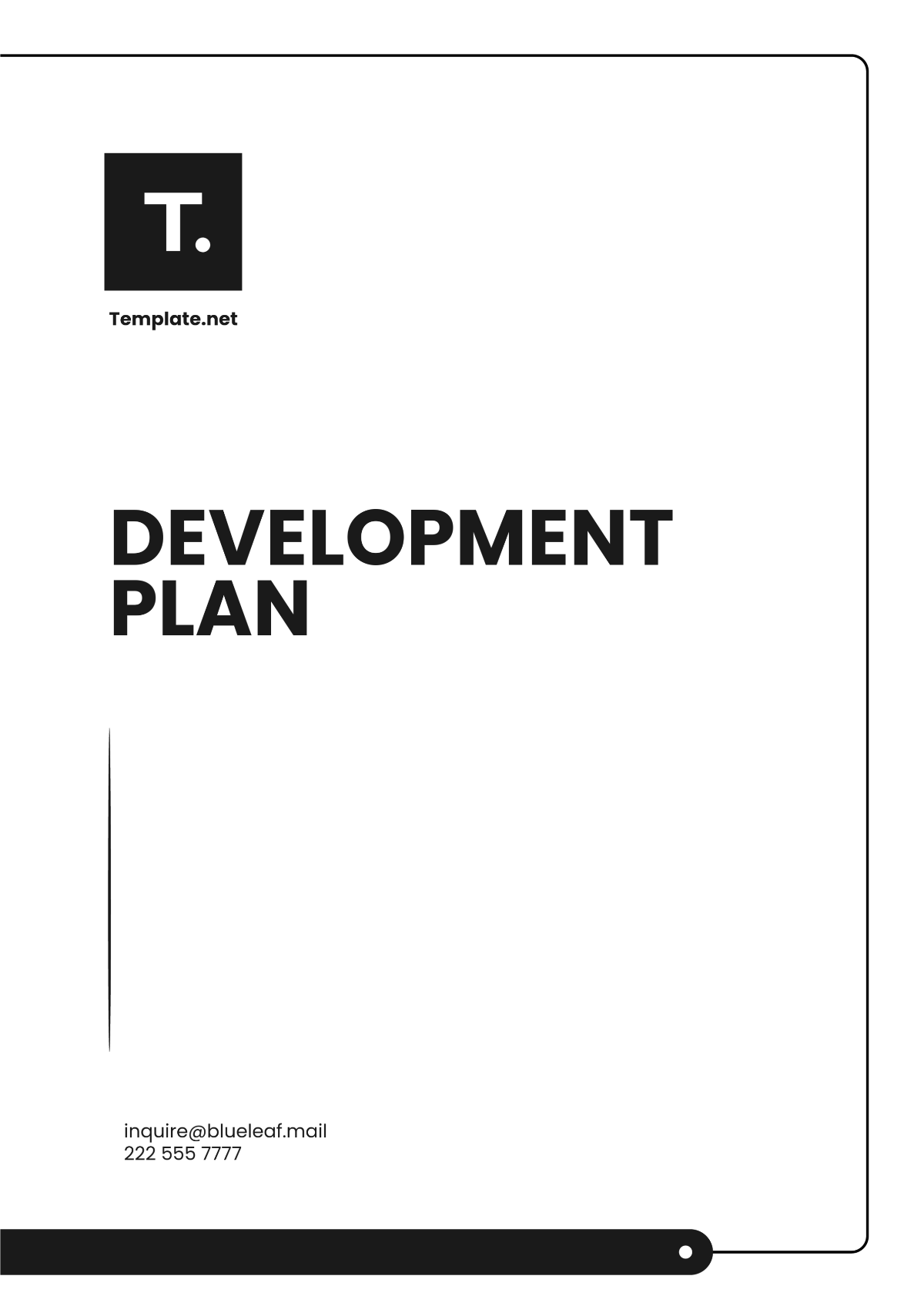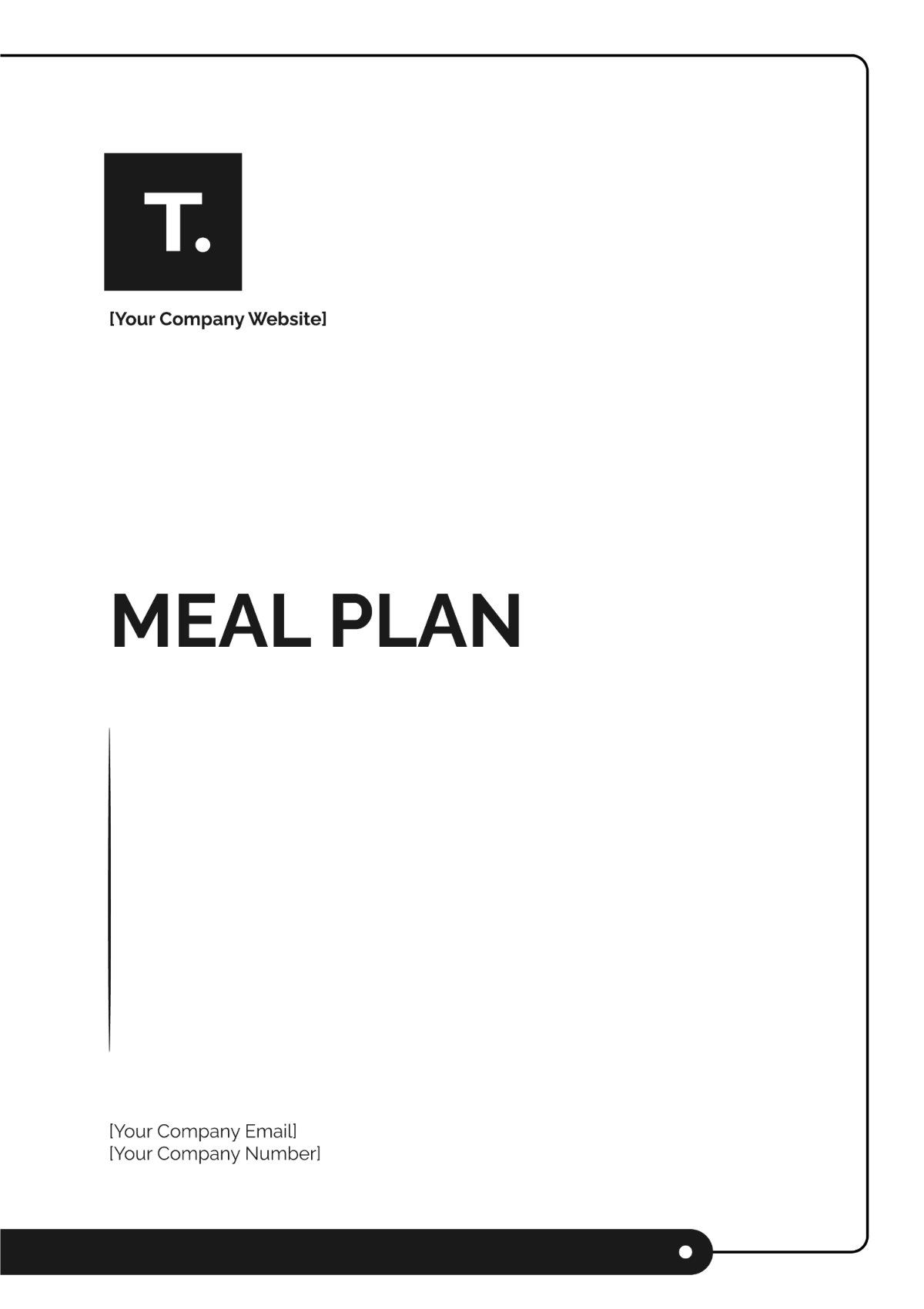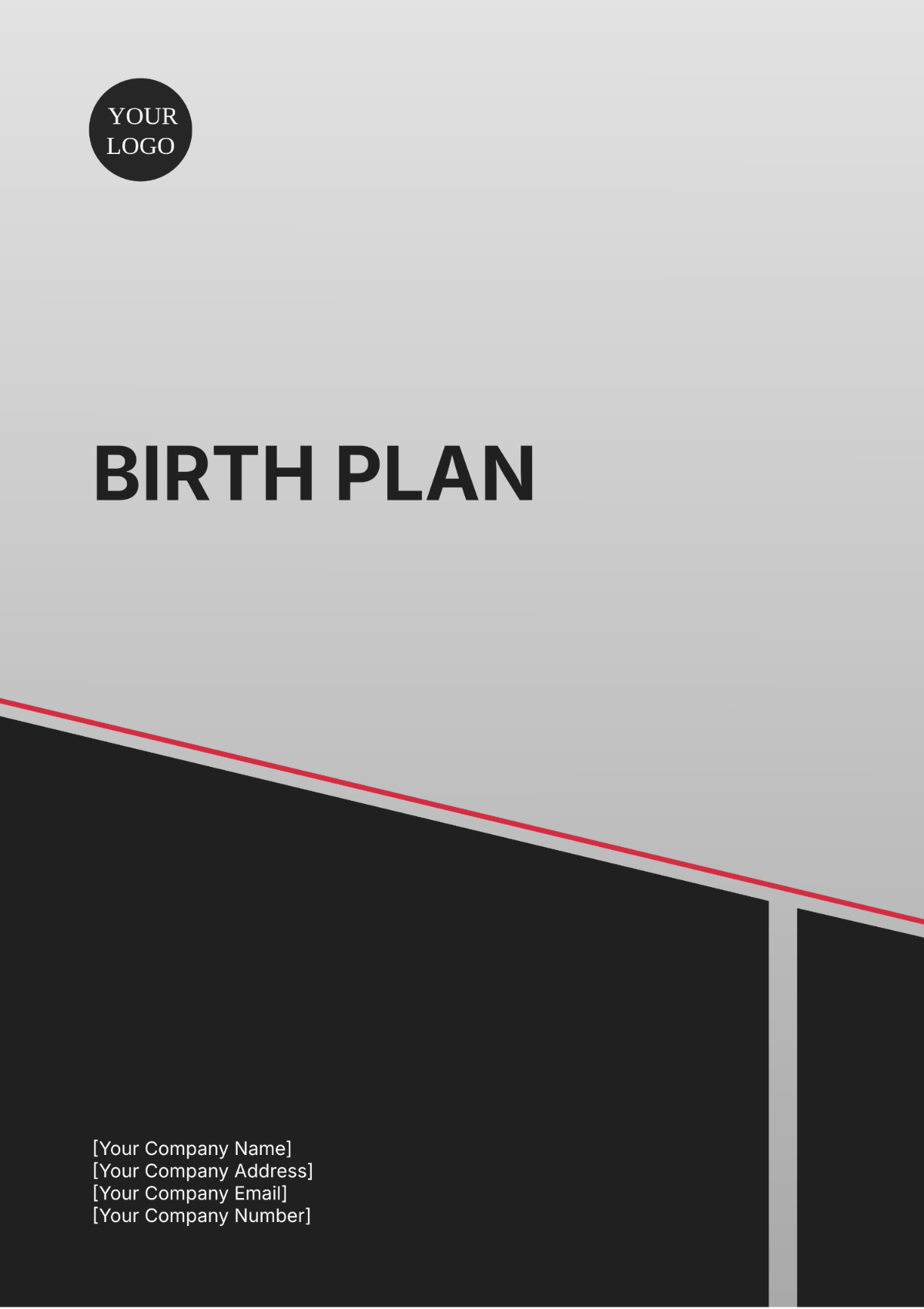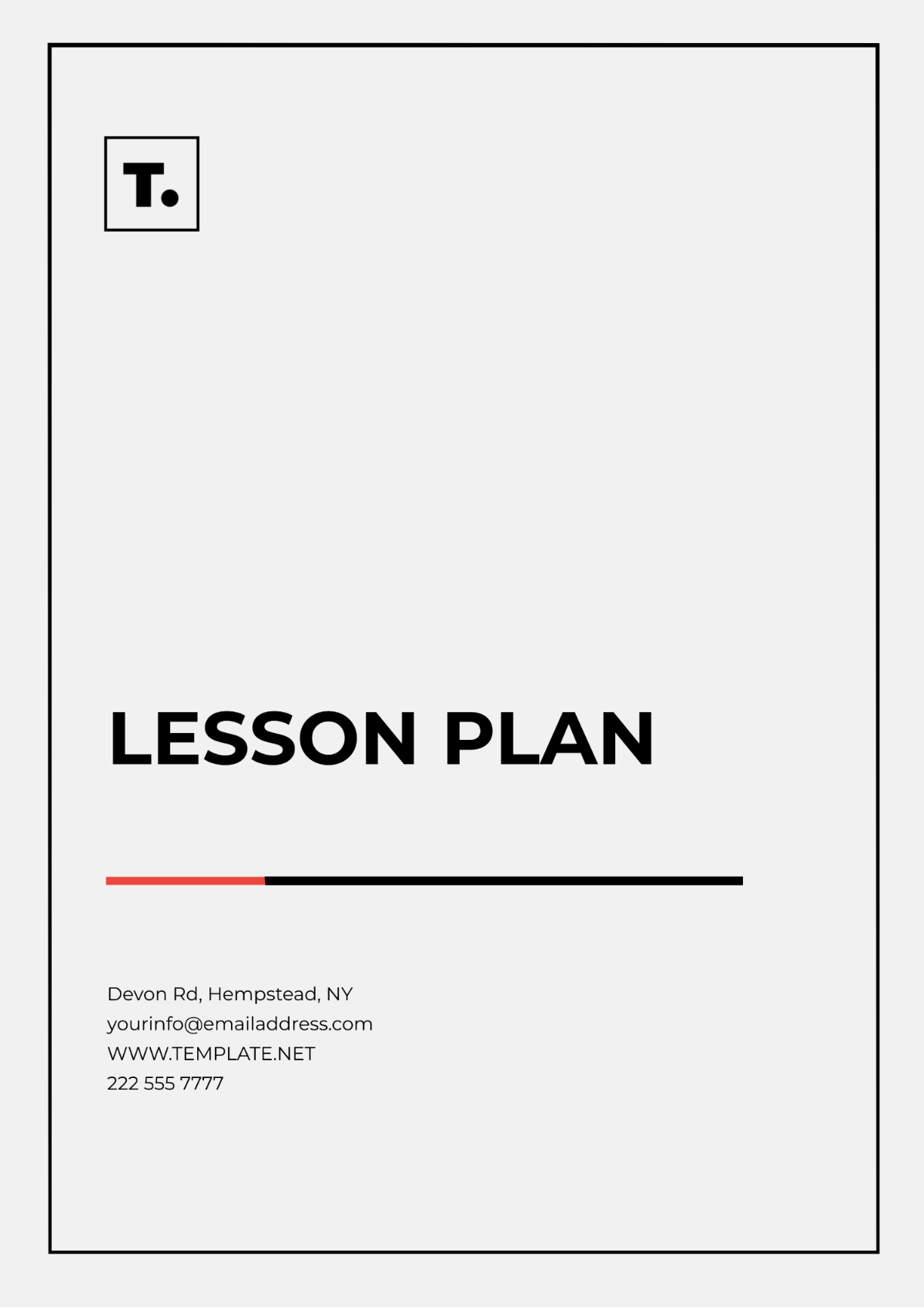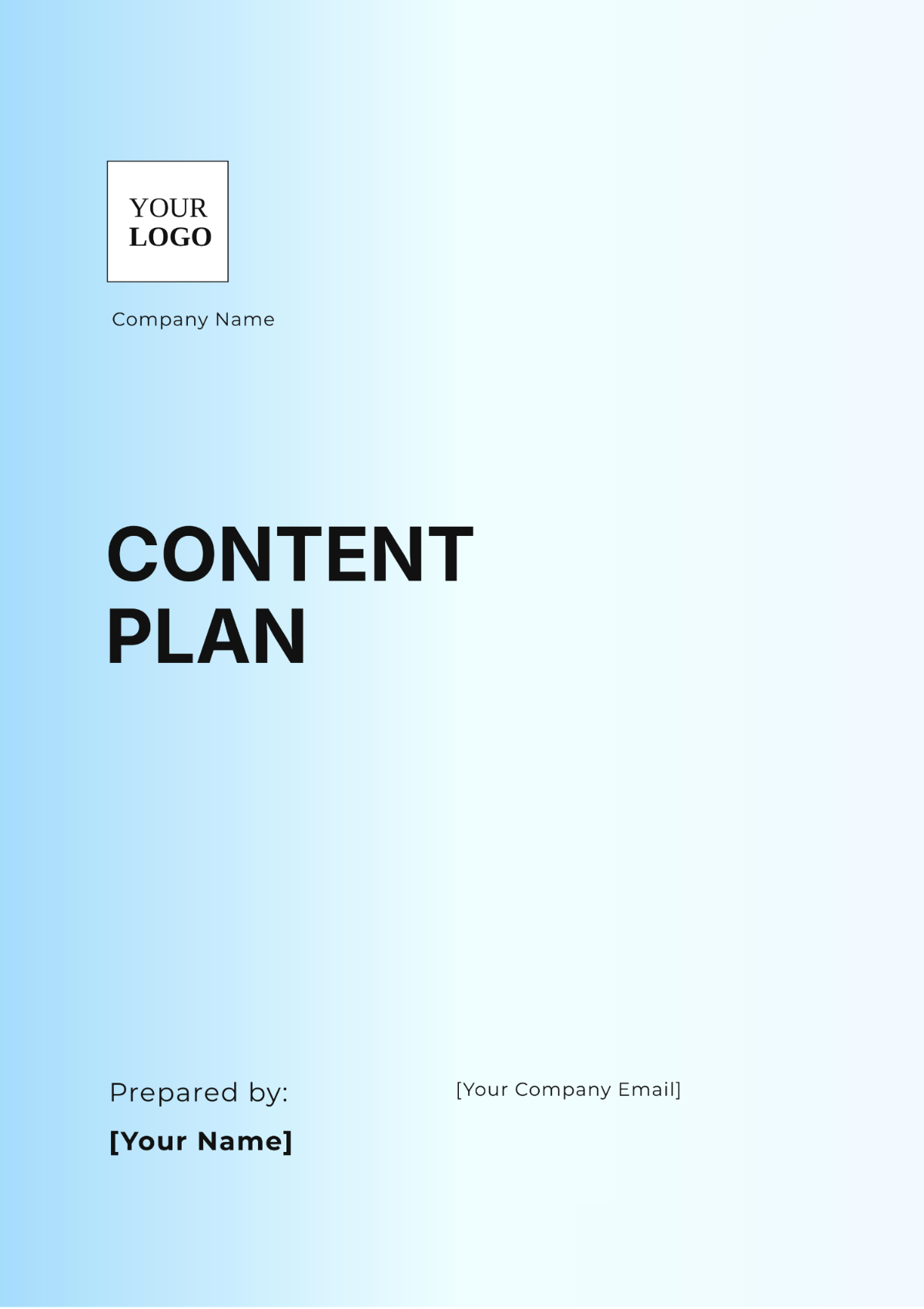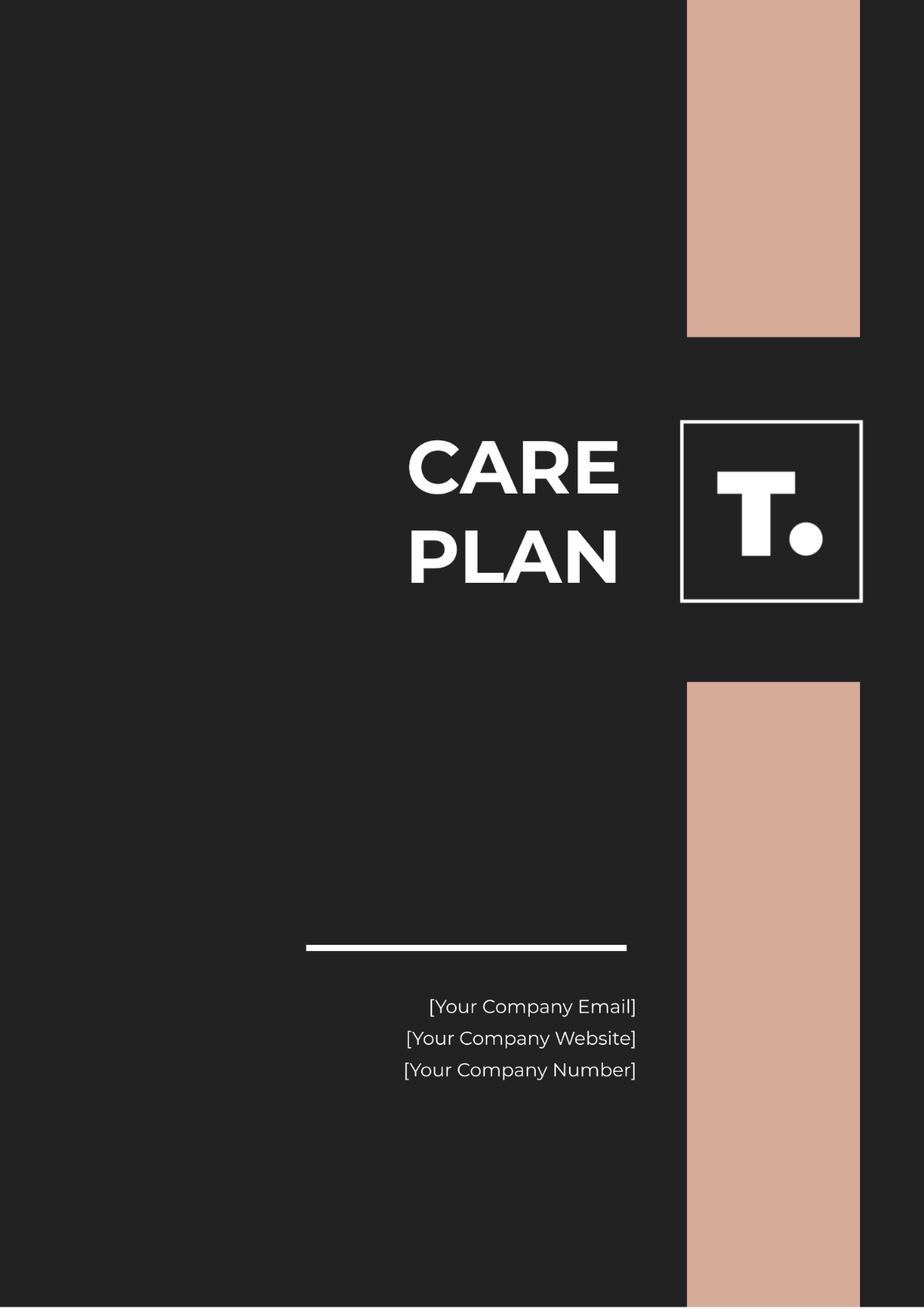Free Finance Cost Reduction Plan
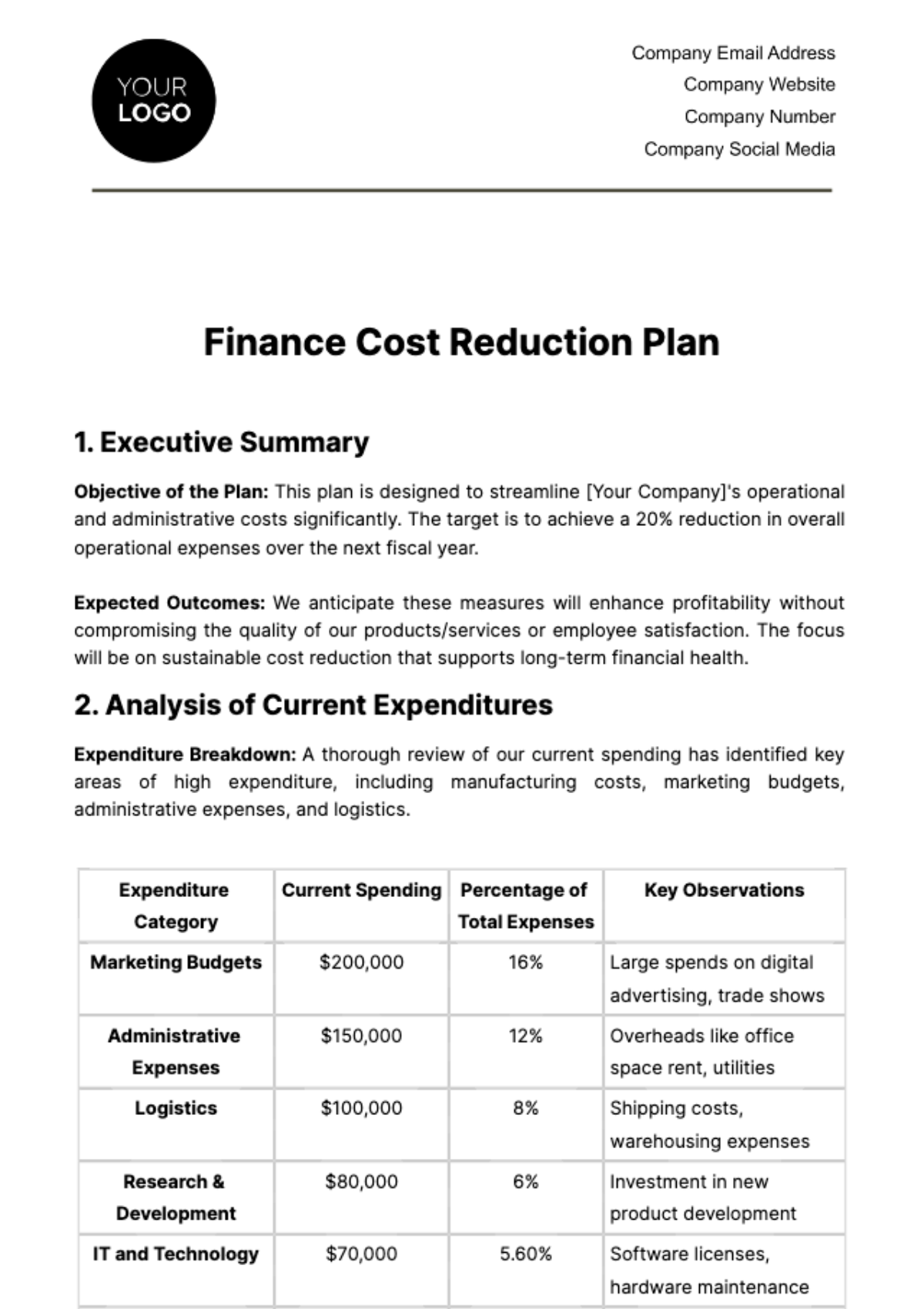
- 100% Customizable, free editor
- Access 1 Million+ Templates, photo’s & graphics
- Download or share as a template
- Click and replace photos, graphics, text, backgrounds
- Resize, crop, AI write & more
- Access advanced editor
Introducing this professional Finance Cost Reduction Plan Template. It's fully editable and customizable using our intuitive AI Editor Tool. Streamline your financial processes and identify areas for savings with ease. Take control of your budget and optimize your expenses efficiently with Template.net's innovative solutions.
You may also like
- Finance Plan
- Construction Plan
- Sales Plan
- Development Plan
- Career Plan
- Budget Plan
- HR Plan
- Education Plan
- Transition Plan
- Work Plan
- Training Plan
- Communication Plan
- Operation Plan
- Health And Safety Plan
- Strategy Plan
- Professional Development Plan
- Advertising Plan
- Risk Management Plan
- Restaurant Plan
- School Plan
- Nursing Home Patient Care Plan
- Nursing Care Plan
- Plan Event
- Startup Plan
- Social Media Plan
- Staffing Plan
- Annual Plan
- Content Plan
- Payment Plan
- Implementation Plan
- Hotel Plan
- Workout Plan
- Accounting Plan
- Campaign Plan
- Essay Plan
- 30 60 90 Day Plan
- Research Plan
- Recruitment Plan
- 90 Day Plan
- Quarterly Plan
- Emergency Plan
- 5 Year Plan
- Gym Plan
- Personal Plan
- IT and Software Plan
- Treatment Plan
- Real Estate Plan
- Law Firm Plan
- Healthcare Plan
- Improvement Plan
- Media Plan
- 5 Year Business Plan
- Learning Plan
- Marketing Campaign Plan
- Travel Agency Plan
- Cleaning Services Plan
- Interior Design Plan
- Performance Plan
- PR Plan
- Birth Plan
- Life Plan
- SEO Plan
- Disaster Recovery Plan
- Continuity Plan
- Launch Plan
- Legal Plan
- Behavior Plan
- Performance Improvement Plan
- Salon Plan
- Security Plan
- Security Management Plan
- Employee Development Plan
- Quality Plan
- Service Improvement Plan
- Growth Plan
- Incident Response Plan
- Basketball Plan
- Emergency Action Plan
- Product Launch Plan
- Spa Plan
- Employee Training Plan
- Data Analysis Plan
- Employee Action Plan
- Territory Plan
- Audit Plan
- Classroom Plan
- Activity Plan
- Parenting Plan
- Care Plan
- Project Execution Plan
- Exercise Plan
- Internship Plan
- Software Development Plan
- Continuous Improvement Plan
- Leave Plan
- 90 Day Sales Plan
- Advertising Agency Plan
- Employee Transition Plan
- Smart Action Plan
- Workplace Safety Plan
- Behavior Change Plan
- Contingency Plan
- Continuity of Operations Plan
- Health Plan
- Quality Control Plan
- Self Plan
- Sports Development Plan
- Change Management Plan
- Ecommerce Plan
- Personal Financial Plan
- Process Improvement Plan
- 30-60-90 Day Sales Plan
- Crisis Management Plan
- Engagement Plan
- Execution Plan
- Pandemic Plan
- Quality Assurance Plan
- Service Continuity Plan
- Agile Project Plan
- Fundraising Plan
- Job Transition Plan
- Asset Maintenance Plan
- Maintenance Plan
- Software Test Plan
- Staff Training and Development Plan
- 3 Year Plan
- Brand Activation Plan
- Release Plan
- Resource Plan
- Risk Mitigation Plan
- Teacher Plan
- 30 60 90 Day Plan for New Manager
- Food Safety Plan
- Food Truck Plan
- Hiring Plan
- Quality Management Plan
- Wellness Plan
- Behavior Intervention Plan
- Bonus Plan
- Investment Plan
- Maternity Leave Plan
- Pandemic Response Plan
- Succession Planning
- Coaching Plan
- Configuration Management Plan
- Remote Work Plan
- Self Care Plan
- Teaching Plan
- 100-Day Plan
- HACCP Plan
- Student Plan
- Sustainability Plan
- 30 60 90 Day Plan for Interview
- Access Plan
- Site Specific Safety Plan
Finance Cost Reduction Plan
1. Executive Summary
Objective of the Plan: This plan is designed to streamline [Your Company]'s operational and administrative costs significantly. The target is to achieve a 20% reduction in overall operational expenses over the next fiscal year.
Expected Outcomes: We anticipate these measures will enhance profitability without compromising the quality of our products/services or employee satisfaction. The focus will be on sustainable cost reduction that supports long-term financial health.
2. Analysis of Current Expenditures
Expenditure Breakdown: A thorough review of our current spending has identified key areas of high expenditure, including manufacturing costs, marketing budgets, administrative expenses, and logistics.
Expenditure Category | Current Spending | Percentage of Total Expenses | Key Observations |
Marketing Budgets | $200,000 | 16% | Large spends on digital advertising, trade shows |
Administrative Expenses | $150,000 | 12% | Overheads like office space rent, utilities |
Logistics | $100,000 | 8% | Shipping costs, warehousing expenses |
Research & Development | $80,000 | 6% | Investment in new product development |
IT and Technology | $70,000 | 5.60% | Software licenses, hardware maintenance |
Human Resources | $50,000 | 4% | Employee training, recruitment expenses |
Other Expenses | $50,000 | 4% | Miscellaneous spends not categorized above |
Total | $1,200,000 | 100% | - |
Cost Drivers: The analysis reveals that major cost drivers include manual labor in production, high marketing spends on traditional channels, under-optimized supply chain networks, and energy inefficiencies.
3. Cost Reduction Strategies
Operational Efficiency: Implementing lean manufacturing principles to reduce waste in production processes. Introducing automation technologies to streamline operations and reduce manual labor costs.
Procurement and Supply Chain Optimization: We plan to renegotiate contracts with suppliers to secure more favorable terms and pursue bulk purchasing to take advantage of volume discounts. Optimizing logistics routes and warehouse management will reduce transportation and storage costs.
Energy and Resource Management: Investing in energy-efficient machinery and encouraging eco-friendly office practices will significantly reduce utility bills. Implementing a comprehensive recycling program will also cut down on waste management costs.
4. Implementation Plan
Action Steps: Each department at [Your Company Name] is tasked with developing targeted action plans aimed at reducing costs. These plans will incorporate innovative approaches and strategic changes tailored to their specific expenditure patterns.
Department | Action Plan | Expected Outcome | Timeline |
Marketing | Restructuring strategies to focus on high-ROI activities, shifting to more digital and inbound marketing. Reducing expenditure on less effective channels. | Enhanced marketing efficiency with reduced costs. | Q3 [Year] |
Administrative | Implementing cloud-based solutions to reduce office overheads. Streamlining workflows to reduce manpower requirements. | Lower operational costs and improved process efficiency. | Q1 - Q2 [Year] |
Logistics | Renegotiating contracts with logistics providers. Exploring in-house logistics management to cut external costs. | Reduced shipping and warehousing expenses. | Q2 - Q4 [Year] |
Research & Development | Prioritizing projects based on potential market impact and profitability. Seeking partnerships for co-funding opportunities. | Focused R&D spending with better ROI on projects. | Q3 [Year]- Q1 [Year] |
IT and Technology | Consolidating software licenses and shifting to cost-effective cloud solutions. Implementing energy-efficient technology systems. | Cost savings in software and technology maintenance. | Q1 - Q3 [Year] |
Human Resources | Streamlining the recruitment process using AI-driven tools. Implementing online training programs to reduce training costs. | Reduced recruitment and training expenses. | Q2 - Q4 [Year] |
Monitoring Mechanisms: Performance metrics such as cost per unit, marketing ROI, and energy consumption will be tracked monthly. Regular audits will be conducted to assess the effectiveness of these initiatives.
5. Impact Assessment and Continuous Improvement
Financial Impact Analysis: The finance team will conduct quarterly reviews to compare actual savings against projected figures, adjusting strategies as necessary to meet our cost reduction targets.
Feedback and Iteration: We will establish feedback channels to gather insights from employees at all levels. This input, along with market analysis, will be used to continually refine our cost reduction strategies, ensuring they remain effective and relevant.
Prepared by:
[Your Name]
[Your Company Name]
[Your Email]

